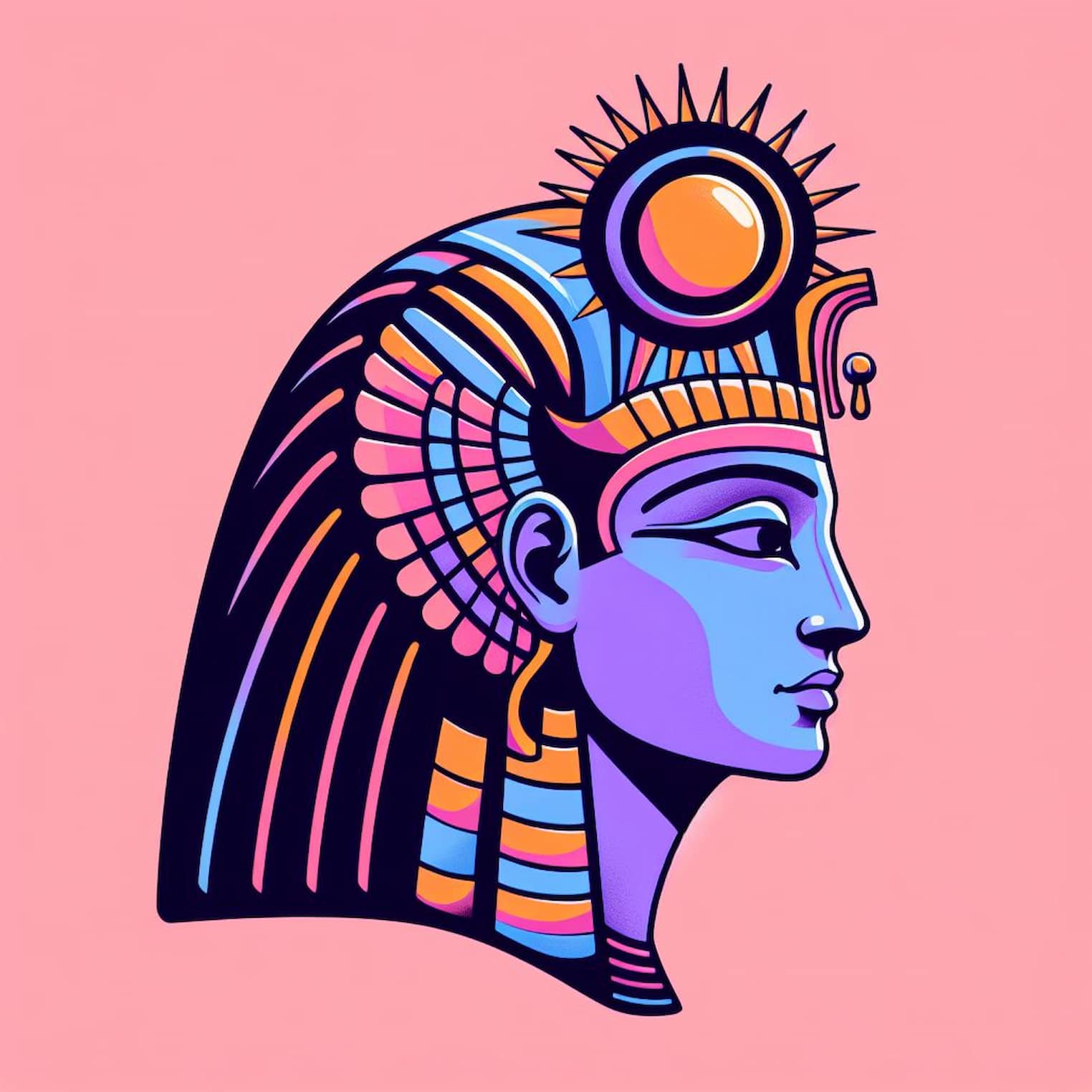Tefnut: One of the Nine Egyptian Creator Deities
Tefnut (Tefnet or Tphenis), a goddess from Egyptian mythology, is part of the great Ennead of Heliopolis.

Tefnut (Tefnet or Tphenis), a goddess from Egyptian mythology, is part of the great Ennead of Heliopolis.

